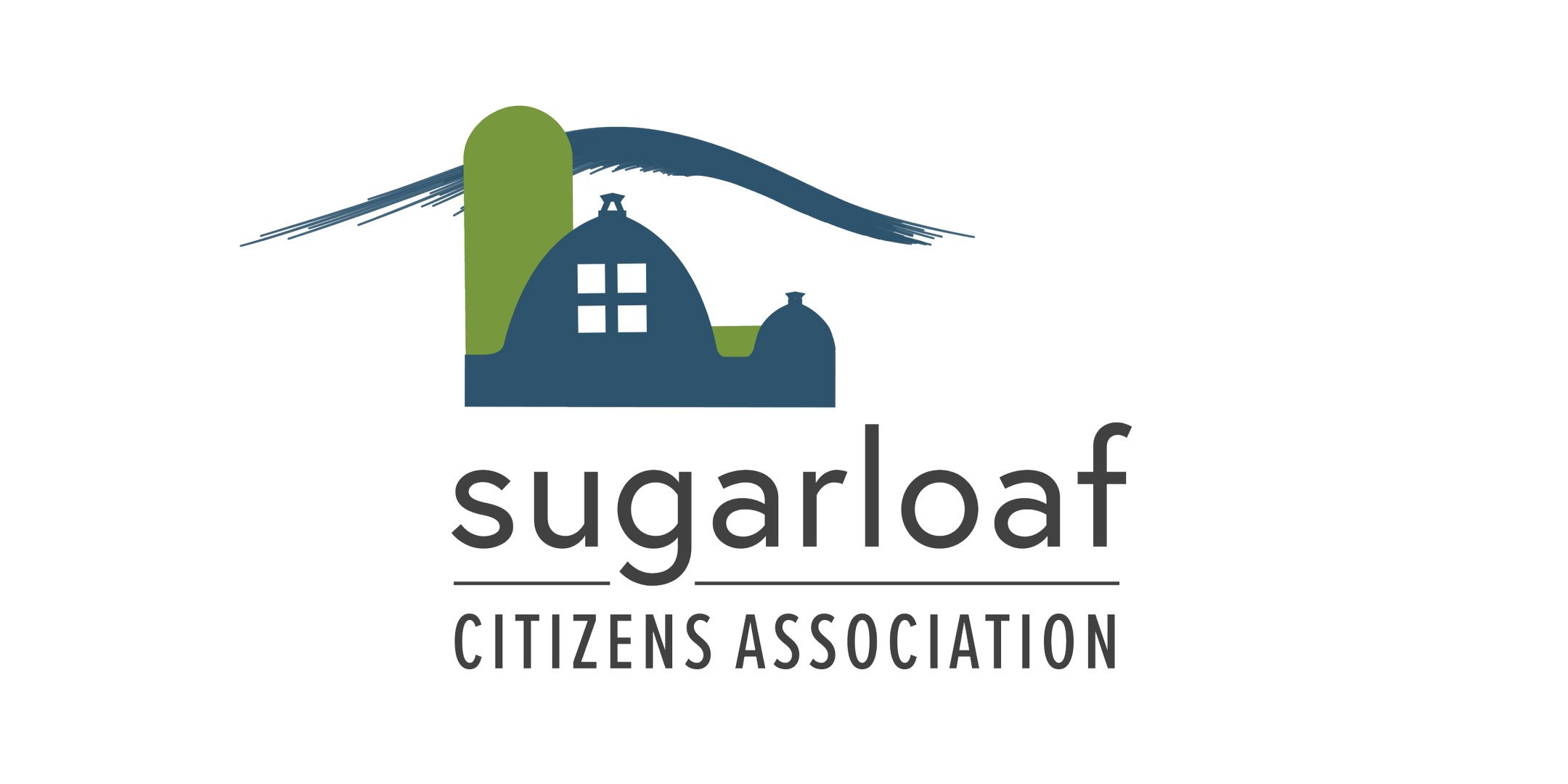Child Lots
On October 26th, 2010, the Montgomery County Council adopted ZTA 10-12, Child Lot Standards with amendments. The new law will go into effect on November 15, 2010. Here is the link to the ZTA as adopted.
The SCA Board reviewed the ZTA and provided the County Council with the following response:
RESPONSE TO ZTA 10-12
Child Lot Regulations
SUGARLOAF CITIZENS ASSOCIATION
9-21-10
Sugarloaf Citizens Association applauds the efforts to preserve family farming in the Agricultural Reserve by clarifying and tightening the restrictions on “Child Lots.” In light of apparent violations of the legislations’ original intent such efforts are overdue.
SCA and its membership have a long and unique history of commitment to the Agricultural Reserve. We share with you the desire to address previous violations of the intent of the Ag. Reserve and welcome this important opportunity to help create the most precise and clear ZTA possible.
First, we need to point out a conflict between line 52 (59-C-9.41 (a), “the dwelling unit is accessory to a farm, is not on a separate parcel or lot…” and lines 82 and 83, 59-C-9.41.1 (a) (5), “When a child lot is initially recorded, the child for who the lot is created must be the listed owner of the lot…” [emphasis added]
SCA agrees with most of the ZTA and all of the staff recommendations except for #5. Here are our concerns:
1. Hardship: The term “hardship” is used (1) related to making an exception to the maximum number of child lots that can be permitted and again (2) related to granting an exception for selling a lot within 5 years of final inspection. “Hardship” is not defined and instead examples are given for potential sales situations, “such as death of the child or bona fide foreclosure,” neither of which would apply in granting exemptions from the maximums.
We think the legislative intent is admirable, but have little assurance that those in the future will interpret “hardship” as we might today. Vague, ambiguous legislative terms place undue power and responsibility on the bureaucracy which must interpret and enforce that intent. Had the original legislation and its intent been interpreted and enforced as we understood it, we would not need clarifications today. We should not leave such vagaries to create problems for the future, for the farmers involved in this issue or for permitting services or planning staff who will need to render interpretations and implementations.
While we do not propose attempting to create an exhaustive list of applicable hardships for each of the different cases above, at a minimum, some group or body should be delegated to develop, administer, and enforce the hardship provisions. Leaving it as it is now places an onerous and impossible burden on either planning boards or permitting services.
2. One Acre Restriction: “A lot created for a child must be no larger than one acre, or the minimum area necessary for approval of a well and septic.” While most of the SCA Board of Directors support an established limit to the amount of land that can be provided for a “child lot,” there was some feeling that a one acre limitation would force the owner to pay higher property taxes because the property would not qualify as an agriculture unit.
3. Enforcement: The proposal includes admirable penalties for violations, and we applaud that action. However, in February 2007, in comments on the “Final Report of the Ad Hoc Agricultural Working Group,” Sugarloaf Citizens Association said re “child lots:"
“The County must put into place an enforceable monitoring mechanism that is not complaint based.”
The proposal is still deficient in our eyes in that there is no enforcement mechanism. It is counterproductive and demoralizing for our County to continue to rely on citizens to remain ever vigilant and to police development when that is the County’s responsibility. This situation perpetuates an “Us vs. Them” mentality which is not in the best interest of a County justifiably proud of the foresight involved in creating the Agricultural Reserve.
4. Three Child Lots per Owner: SCA found disagreement in its own board about this provision. The clear majority opinion is that the provision is required to prevent the use of “Child Lots” as a way to create more housing developments in the county. A minority believes this provision places an unnecessary hardship on families who qualify for child lots but had more than three children. The split on our board illustrates the sensitive nature of this provision of the ZTA and highlights the fact that many pre-1981 owners feel “Child Lots” are compensation for restrictions created by the Reserve rather than a measure to help agricultural operations.
Thank you for the opportunity to present our views on this vital ZTA. Once again, SCA appreciates the hard work and efforts of all individuals, agencies, and organizations who are trying to strengthen the rules that protect the agricultural land base of Montgomery County.
